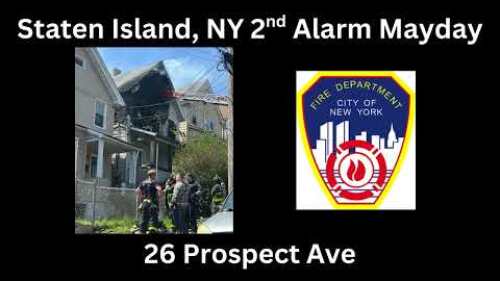By Alexandra Duggan
The Spokesman-Review
SPOKANE, Wash. — A month before the Upper Cemetery fire burned 50 acres west of downtown Spokane , fire crews had treated the area by pruning and cutting down trees to reduce a potential wildfire spread.
A week before, Washington State Department of Natural Resources staff equipped with a masticator was removing underbrush.
If they hadn’t, it likely could have been much worse, said Washington state’s Commissioner of Public Lands Hillary Franz , who spoke at an event in Spokane on Monday. Franz is running to represent Washington’s 6th Congressional district and plans to step down from her current role.
“This is a telling story, in part, about how the forest itself can be our friend,” Franz said. “Right now in wildfire country, it feels sometimes like the landscape is actually working against us. But when we work with the landscape like this ... it becomes more of our friend.”
Through recent federal grants and state funding — largely in part from House Bill 1168 that allocated $125 million every two years for wildfire response, forest restoration and community resilience — the state of Washington was able to throw more resources into fuel treatments and aviation support this year. To date, crews have completed 430 acres of fuel reduction treatment in the West Palisades area, according to DNR .
It’s why the agency was able to send crews to treat the area before the fire started, not knowing the spot would be engulfed in flames soon after.
If someone walks through the road behind Evergreen Archery, where the Upper Cemetery fire swept through in July, it’s likely they would see areas where trees were completely consumed. It’s also likely they would see trees where green, lush spots remain at the tops of branches.
The trees that survived were saved by crews that had removed underbrush and created space between trees to limit fuel for the fire. It’s obvious which places were treated, and which places were not — the trees that weren not removed or pruned were entirely consumed, leaving an ash-covered, skeleton-like tree trunk left. The cause of the fire has not yet been determined.
“It’s not a matter of ‘if,’ it’s a matter of ‘when’ these places are going to burn,” said the city’s Wildland Resource Planner, Nick Jeffries . He pointed to the burned ground and large spaces between the trees.
“You wouldn’t believe what this looked like prior, but you couldn’t see through this,” he said. “After it was masticated ... we came through (with) the hand crew and we did what we call the ‘handwork.’ We prune up the trees, and we then hand chip that, and that’s going to give you your end result. Your end product should be good for about 10 to 15 years without any maintenance.”
Not only does the treatment help slow spread of fire, but it is safer for firefighters who might find themselves trapped in a spot with an overwhelming number of trees that are burning too quickly. The more the trees are spread apart , the easier it is for firefighters, Jeffries said.
The work also gives people jobs , he said, including private contractors who are hired to participate in fuel reduction, as well as incarcerated people in Spokane who get trained to come in and help.
In central and Eastern Washington alone, 800,000 acres of wildland have been treated in this way since 2018 to prevent fire spread, Franz said, but the goal is to reach 1.25 million acres. And since 2017, the state has gone from nine aircraft to 38 aircraft to fight the fires.
“We didn’t have what we needed,” Franz said. “I told our team to move every single air resource you can to exclusive use. If we don’t need them, we can send them. But when we need them, we have them here.”
The aircraft are pre-positioned throughout the state so they can be dispatched at a moment’s notice — the closest air resources to Spokane lie in Deer Park and Colville .
Spokane is lucky, Franz said, because of the level of collaboration between DNR, local fire districts and city who come together at a moment’s notice to fight a wildfire.
” Spokane really is the model of where we all need to be,” she said.
(c)2024 The Spokesman-Review (Spokane, Wash.)
Visit The Spokesman-Review (Spokane, Wash.) at www.spokesman.com
Distributed by Tribune Content Agency, LLC.

















